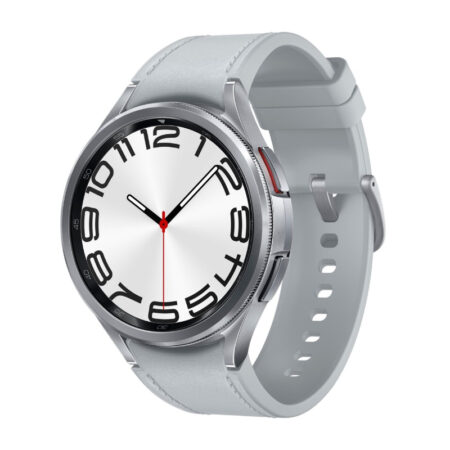Description
Samsung Galaxy F13
Design, Body, and Display
Samsung Galaxy F13 is made of glass at the front and plastic from the back and body frame. It weighs 207g and measures 165.4 x 76.9 x 9.3mm. The device is generally flat, with curved edges. The 6.6-INCH LPS LCD Display has a refresh rate of 60Hz. The display’s resolution is 1080 x 2408 pixels (~400 PPI density). The screen has a characteristic water drop notch centered at the upper end to accommodate the front-facing lens.
https://youtu.be/qqQ_7PVkgeo
Performance and Battery
Samsung Galaxy F13 currently runs on Android 12, One UI core 4.1. It gets powered by an Octa-core (2×2.0 GHz Cortex-A75 & 6×1.8 GHz Cortex-A55) CPU, Exynos 850 (8nm) chipset, with an Octa-core (4×2.0 GHz Cortex-A55 & 4×2.0 GHz Cortex-A55) CPU that dictates its processing power, complemented by a Mali-G52. Cushioning the processor is either a 4GB RAM 64 GB internal memory, or 6GB RAM 128GB on the device. The storage space is expandable using the MicroSD slot. Whether you are streaming videos, daily use, switching between applications, browsing the internet, or laying basic games, be assured of the great performance of the F13. The massive 6,000mAh with the 15W fast charger enables the device to run operations on the device without inconveniences caused by low power.
Camera.
The selfie camera comprises a single 8MP, f/2.2, (wide camera, which can capture 1080p@30fps videos. Enjoy selfie moments and awesome chats as you lead an active, memorable life. At the back, Samsung Galaxy F13 packs Triple Camera set-up comprising of 50 MP (wide) main camera, backed with a 5MP, f/2.2, 123˚ (ultra-wide) + 2MP, f/2.4, (macro)+ 2MP, f/2.4, (depth) lenses. The triple camera set-up enables quality capture of both photographs and videos, with brightness, depth and width enabled when capturing moments. It can capture HDR photos and record full 1080p videos at 30fps.
Sensors
The Samsung Galaxy F13 features various sensors. Installed on the device is a side-mounted fingerprint sensor, which also serves as a power button. The other sensors on the device are the Virtual Proximity Sensor, Gyro, Accelerometer, and Compass. The GPS (with A-GPS, GLONASS, GALILEO, BDS) enables easy navigation for travelers and motorists who use applications for directions and need GPS bearings.












